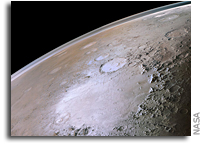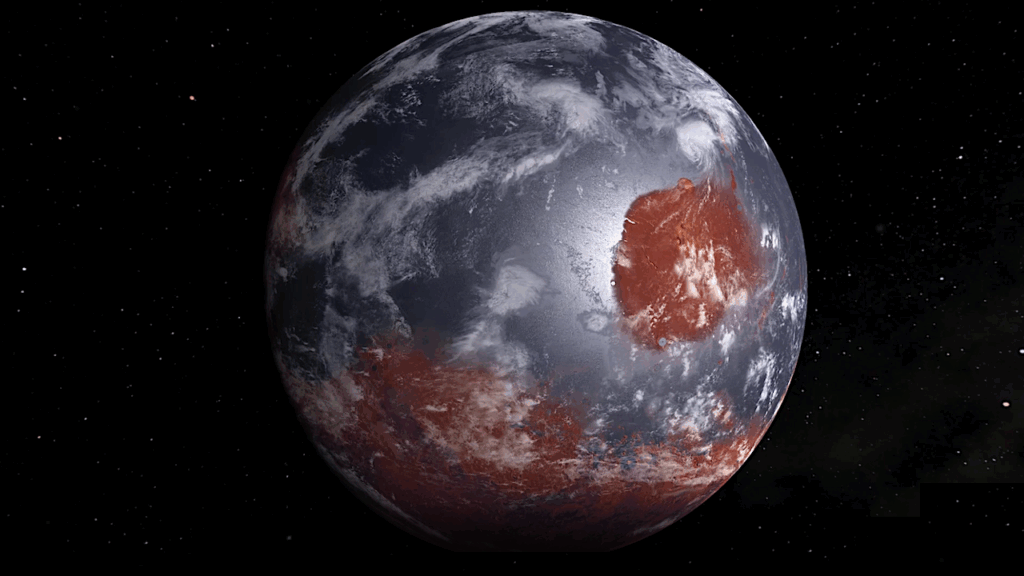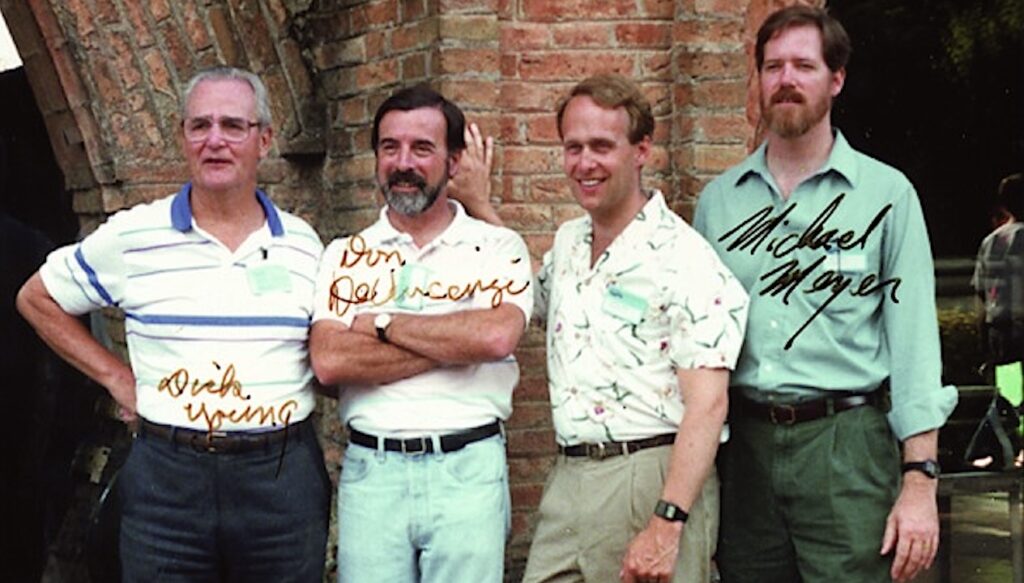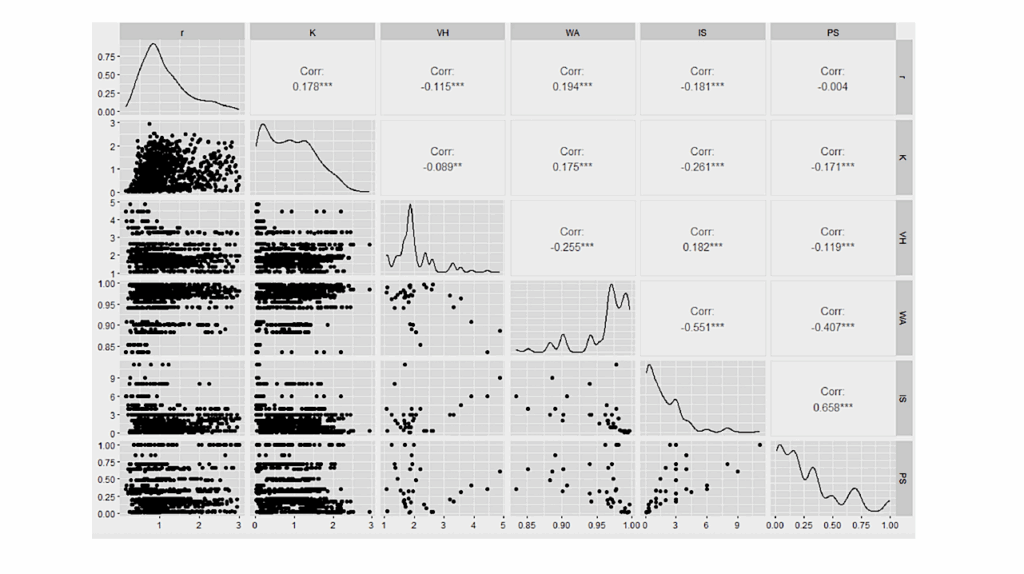Atmospheric Constraints on the Surface UV Environment of Mars at 3.9 Ga Relevant to Prebiotic Chemistry

Recent findings suggest Mars may have been a clement environment for the emergence of life, and may even have compared favorably to Earth in this regard.
These findings have revived interest in the hypothesis that prebiotically important molecules or even nascent life may have formed on Mars and been transferred to Earth. UV light plays a key role in prebiotic chemistry. Characterizing the early Martian surface UV environment is key to understanding how Mars compares to Earth as a venue for prebiotic chemistry.
Here, we present two-stream multi-layer calculations of the UV surface radiance on Mars at 3.9 Ga, to constrain the surface UV environment as a function of atmospheric state. We explore a wide range of atmospheric pressures, temperatures and compositions, corresponding to the diversity of Martian atmospheric states consistent with available constraints. We include the effects of clouds and dust. We calculate dose rates to quantify the effect of different atmospheric states on UV-sensitive prebiotic chemistry.
We find that for normative clear-sky CO2-H2O atmospheres, the UV environment on young Mars is comparable to young Earth. This similarity is robust to moderate cloud cover: thick clouds (tau>100) are required to significantly affect the Martian UV environment, because cloud absorption is degenerate with atmospheric CO2. On the other hand, absorption from SO2, H2S, and dust is nondegenerate with CO2, meaning if they can build up to high levels, surface UV fluence will be suppressed. These absorbers have spectrally variable absorption, meaning that their presence affects prebiotic pathways in different ways. In particular, high SO2 environments may admit UV fluence that favors pathways conducive to abiogenesis over pathways unfavorable to it. However, better measurements of the spectral quantum yields of these pathways are required to evaluate this hypothesis definitively.
Sukrit Ranjan, Robin D. Wordsworth, Dimitar D. Sasselov
(Submitted on 5 Jan 2017)
Comments: Under review at Astrobiology; recommended for publication by referees pending minor revisions; this version includes the revisions recommended by referees. Addition comments and feedback very welcome
Subjects: Earth and Planetary Astrophysics (astro-ph.EP)
Cite as: arXiv:1701.01373 [astro-ph.EP] (or arXiv:1701.01373v1 [astro-ph.EP] for this version)
Submission history
From: Sukrit Ranjan
[v1] Thu, 5 Jan 2017 16:41:42 GMT (1687kb,D)
https://arxiv.org/abs/1701.01373








